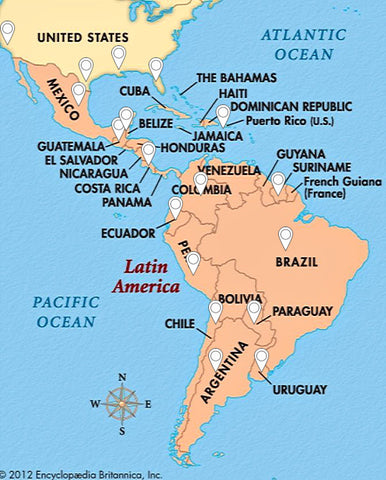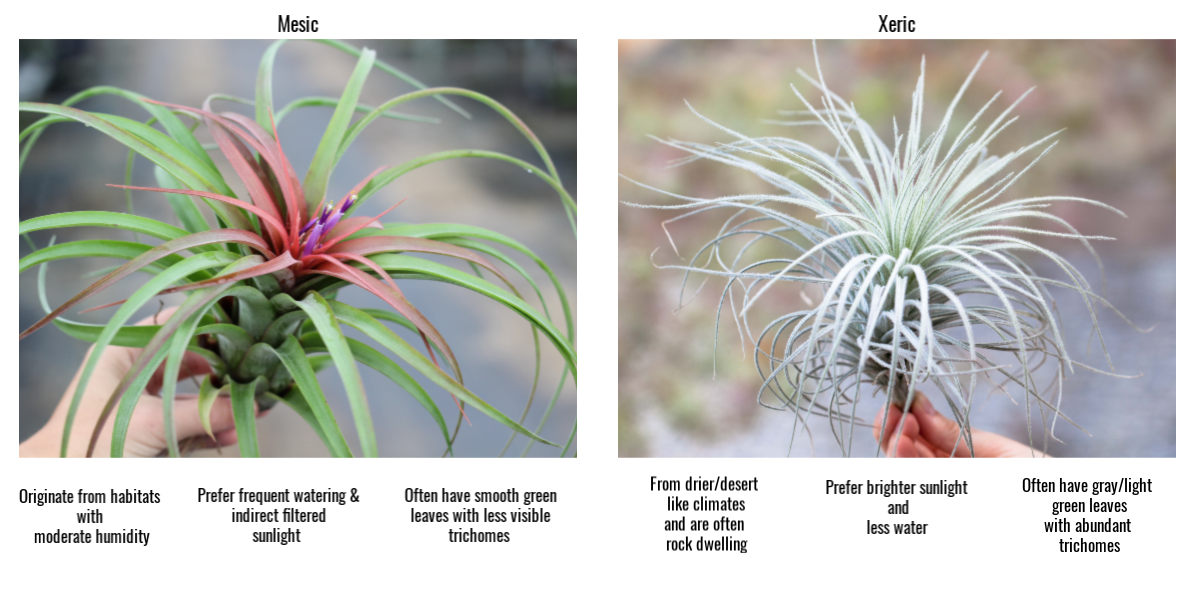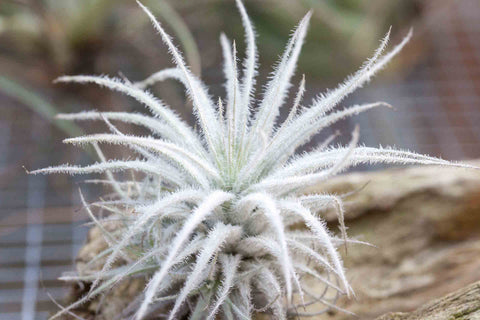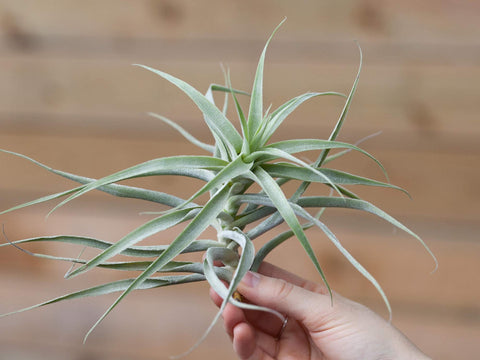
Where Do Air Plants Grow in the Wild?
There are over 600 different species of Tillandsia (air plants) growing in various regions of the world. Most air plants are found in humid rainforest climates, but some can even be found in less than hospitable environments. Air plants can be found growing in trees, amongst rocks, in deserts, in rainforests, on cliffs and rock faces, and even on cacti.

Photo Credits: L- Climate Policy Watcher Center- Matt Tilghman Photography R- Eagle Eye Adventures
Most air plants are native to areas such as the West Indies, Mexico, Central America, and South America, and some are even found growing in the southern United States. Here in Florida, especially in the southern part of the state, the T. fasciculata among other air plants and Bromeliads grow naturally in the wild in the Everglades. We also have Spanish moss growing in trees here in the south, which is actually not a moss at all, but is part of the the Tillandsia family, and is called T. usneoides.

This map shows the regions/countries where most air plants are found in the wild.


The fuzzy Tillandsia tectorum
Again, if we will look to another plant as an example, the T. cacticola. This plant got its name “cacticola” due to the fact that it grows on cacti! This is also a drought tolerant plant with silvery leaves and abundant trichomes. It is found naturally in northern Peru, at elevations of 2000 meters above sea level. Knowing this, we know to give it more light, and less water.

Drought tolerant Tillandsia cacticola
On the other hand, we have plants such as the T. brachycaulos. Native to Mexico, Central America, and Venezuela it grows on trees in oak and pine forests. You could consider these plants "mesic" as they prefer more humidity and moisture and more indirect light due to their native environment of a rainforest. So generally, we would want to ensure that they receive adequate water each week and indirect light to mimic its natural environment.

As you can see, air plants are very adaptable and can be found in many different environments and climates. Have you ever seen air plants growing in the wild where you live?
Follow us on Instagram for giveaways and additional air plant facts























